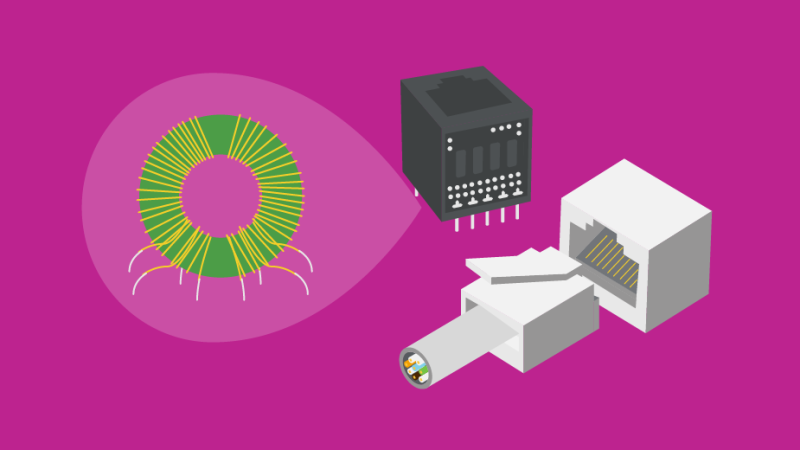Methatreams: Exploring the Concept and Its Applications

Methatreams is an intriguing term that combines “meta” and “streams” to denote a higher-level concept of stream-based data processing and analysis. This article delves into the essence of methatreams, its significance, and its practical applications.
Understanding Methatreams
Definition and Origin
Methatreams derive from two components: “meta,” implying a higher-level perspective or abstraction, and “streams,” which refer to continuous flows of data. At its core, methatreams represent a meta-level approach to managing and analyzing streams of data. This concept is vital in environments where real-time data processing and sophisticated analysis are crucial.
Conceptual Framework
Methatreams extend beyond traditional stream processing by incorporating additional layers of abstraction. While standard stream processing focuses on handling and analyzing data as it flows, methatreams introduce a meta-perspective that can handle multiple streams and their interactions. This higher-level abstraction allows for more nuanced insights and complex analyses.
Key Components of Methatreams
Stream Management
At the heart of methatreams is advanced stream management. This involves orchestrating and optimizing the flow of data across various streams. Unlike basic stream processing, which might deal with a single stream or a simple set of operations, methatreams consider the interdependencies and interactions between multiple streams. This enables more comprehensive and efficient data handling.
Meta-Analysis
Methatreams incorporate meta-analysis techniques to derive insights from the interplay between different data streams. Meta-analysis in this context involves evaluating how various streams influence each other and identifying patterns or anomalies that may not be evident from individual streams alone. This process often requires sophisticated algorithms and models to integrate and interpret data from diverse sources.
Abstraction Layers
One of the defining features of methatreams is its use of abstraction layers. These layers provide a way to manage the complexity inherent in multiple streams by offering a higher-level view. This abstraction helps in visualizing and understanding the relationships between streams, facilitating better decision-making and strategic planning.
Applications of Methatreams
Real-Time Analytics
In industries such as finance, healthcare, and telecommunications, real-time data processing is essential. Methatreams enable real-time analytics by managing and analyzing complex streams of data as they are generated. For example, in financial trading, methatreams can help track and analyze market data from multiple sources simultaneously, providing traders with actionable insights almost instantaneously.
Fraud Detection
Fraud detection systems benefit significantly from methatreams. By analyzing various data streams, such as transaction records, user behavior patterns, and historical data, methatreams can identify unusual patterns indicative of fraudulent activity. The meta-analysis of these streams helps in detecting subtle anomalies that might be missed when examining individual data streams in isolation.
Smart Cities
Methatreams play a crucial role in the development of smart cities. Urban environments generate vast amounts of data from sources such as traffic sensors, social media, and environmental monitors. Methatreams can integrate and analyze these diverse data streams to optimize city services, improve traffic management, and enhance public safety.
Healthcare Monitoring
In healthcare, continuous monitoring of patient data streams, such as vital signs and electronic health records, is critical for providing timely care. Methatreams can aggregate and analyze these streams to identify trends, predict potential health issues, and support clinical decision-making. This approach enhances the ability to respond quickly to changes in patient conditions.
Challenges and Future Directions
Complexity and Scalability
One of the primary challenges associated with methatreams is managing the complexity of integrating and analyzing multiple data streams. Ensuring that systems can scale effectively while maintaining performance is a critical concern. Advances in computational power and algorithms are necessary to address these challenges.
Privacy and Security
As methatreams involve the aggregation of diverse data sources, privacy and security become paramount. Ensuring that sensitive information is protected and that data is handled in compliance with regulations is essential. Future developments will need to address these concerns to build trust and ensure the ethical use of methatreams.
Evolving Technologies
The field of data processing and analysis is rapidly evolving. Methatreams will need to adapt to new technologies and methodologies, such as advancements in machine learning and artificial intelligence. Staying abreast of these changes will be crucial for maintaining the effectiveness and relevance of methatreams.
Conclusion
Methatreams represent a sophisticated approach to managing and analyzing data streams through a higher-level abstraction. By incorporating advanced stream management, meta-analysis, and abstraction layers, methatreams offer powerful capabilities for real-time analytics, fraud detection, smart city development, and healthcare monitoring. While there are challenges to overcome, particularly in terms of complexity and privacy, the potential benefits of methatreams make them a promising area of exploration in data science and technology.
FAQs on Methatreams
1. What are methatreams, and how do they differ from traditional stream processing?
Answer: Methatreams represent an advanced approach to stream data management by incorporating higher-level abstractions and meta-analysis. Unlike traditional stream processing, which focuses on handling and analyzing individual streams of data, methatreams manage and analyze multiple interrelated streams simultaneously. This meta-level perspective allows for a more comprehensive understanding of data interactions and enables sophisticated insights that might not be apparent from analyzing single streams in isolation. Methatreams integrate various data sources and assess their interplay to derive valuable insights, enhancing real-time analytics, fraud detection, and decision-making processes.
2. What are some practical applications of methatreams, and what challenges might arise when implementing them?
Answer: Methatreams have several practical applications, including real-time analytics in finance, fraud detection, smart city management, and healthcare monitoring. In finance, they can analyze market data from multiple sources to provide actionable insights. In fraud detection, they help identify anomalies by analyzing diverse data streams. For smart cities, methatreams integrate data from various urban sensors to optimize city services. In healthcare, they aggregate patient data to enhance clinical decision-making.
However, implementing methatreams comes with challenges such as managing the complexity of integrating and analyzing multiple data streams, ensuring scalability, and addressing privacy and security concerns. The need for advanced computational power and algorithms, along with adherence to data protection regulations, is crucial for effectively utilizing methatreams.





